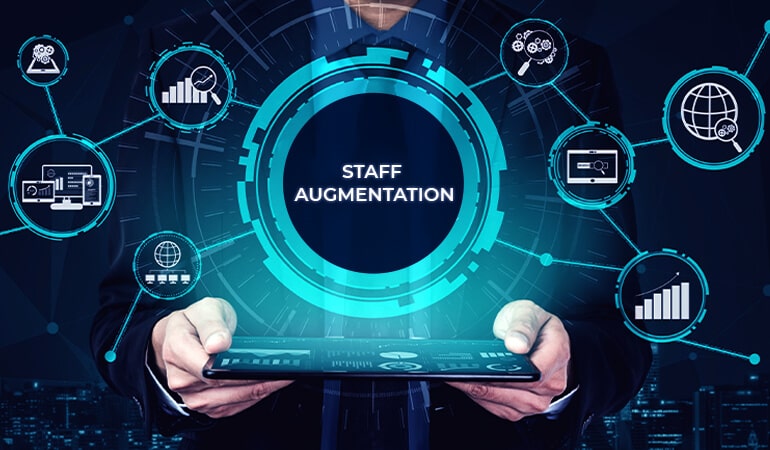In today’s competitive digital landscape, the success of an IT project depends heavily on choosing the right project management methodology. Whether you’re developing a new software application or migrating enterprise systems, your approach can significantly impact cost, timeline, and outcomes. Innerworks International emphasizes the importance of aligning methodology with business goals to maximize project success. Two of the most widely adopted approaches are Agile and Waterfall, each offering distinct advantages depending on the nature of the project.
Understanding the Waterfall Methodology
The Waterfall model is a traditional, linear project management approach that has been widely used in IT for decades. It follows a sequential process—starting from requirements gathering to design, implementation, testing, and maintenance. This methodology works best for projects with clearly defined requirements and minimal changes expected during development. Innerworks International often recommends the Waterfall model for clients working on regulatory or infrastructure-heavy systems where planning and documentation are crucial.
Exploring the Agile Methodology
Agile, on the other hand, is a dynamic and iterative methodology designed to accommodate change and encourage continuous feedback. Originating from the Agile Manifesto, this approach values individuals and interactions, working software, customer collaboration, and responsiveness to change. Frameworks such as Scrum and Kanban fall under the Agile umbrella. Innerworks International has seen Agile thrive in environments where speed, adaptability, and user engagement are key—particularly in startups, mobile apps, and customer-facing platforms.
Key Differences Between Agile and Waterfall
Agile and Waterfall differ in several fundamental ways. Waterfall is rigid and structured, while Agile is flexible and iterative. In a Waterfall project, deliverables are handed over at the end, whereas Agile promotes frequent, incremental releases. Waterfall requires detailed documentation upfront; Agile encourages adaptive planning and minimal viable documentation. Innerworks International guides clients through these contrasts to identify the best fit based on their needs, budget, and timeline.
Pros and Cons of Each Methodology
Waterfall’s strength lies in its simplicity and predictability, making it ideal for projects with fixed requirements. However, it struggles with adaptability if changes arise mid-project. Agile’s strengths include rapid delivery, improved collaboration, and responsiveness to change—but it requires experienced teams and a high level of stakeholder involvement. Innerworks International helps businesses weigh these pros and cons, ensuring that their chosen approach aligns with both project goals and organizational culture.
How to Choose the Right Approach for Your IT Project
The right choice depends on several critical factors: project complexity, scope, team expertise, stakeholder involvement, and regulatory requirements. Waterfall may be better suited for projects with strict compliance standards or fixed scopes. Agile, conversely, shines in fast-moving industries where innovation and feedback are ongoing. Innerworks International supports clients by conducting project assessments that help determine which methodology will yield the best results under specific conditions.
Real-World Use Cases and Examples
Consider a large-scale government system overhaul—such projects typically favor Waterfall due to stringent planning and documentation needs. On the other hand, a fintech startup developing an MVP benefits more from Agile’s flexibility and iterative delivery. Innerworks International has successfully deployed both methodologies across a range of industries, offering tailored project management strategies that meet unique business demands.
Hybrid Approaches: When to Combine Agile and Waterfall
Some projects benefit from combining the strengths of both methodologies into a hybrid model. For example, initial planning and compliance stages can follow a Waterfall approach, while development and testing are managed using Agile. This blended method offers structure without sacrificing agility. Innerworks International frequently implements hybrid models to help clients navigate complex projects that demand both adaptability and regulatory oversight.
Adapting to What Works Best
Ultimately, the choice between Agile and Waterfall should be driven by the project’s goals, team capabilities, and business environment. Innerworks International believes in flexibility over dogma—adapting methodologies to serve the specific needs of each client. By staying method-agnostic and results-focused, Innerworks International ensures that every IT project is set up for long-term success.











